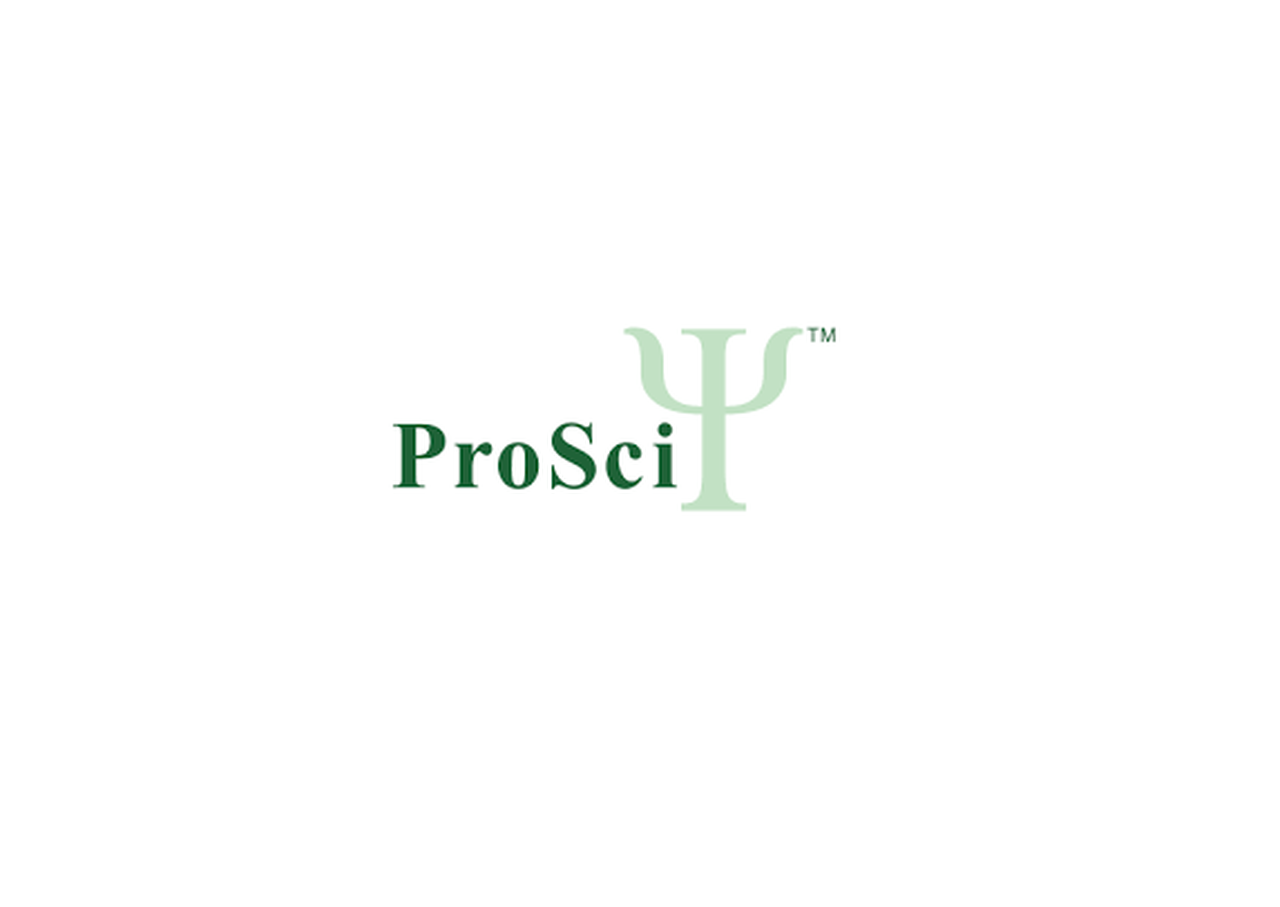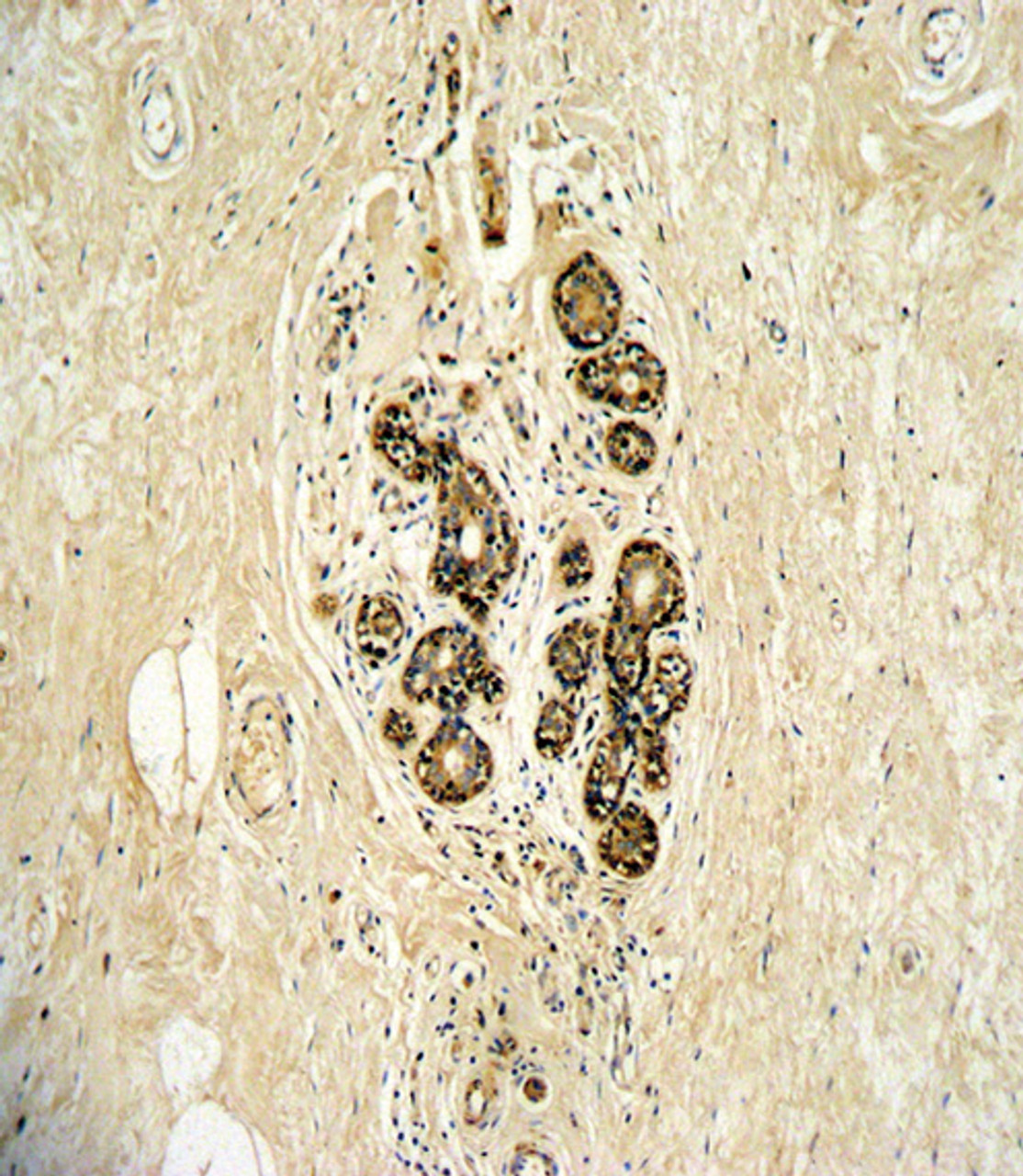Product Description
ERBB3 Antibody | 63-071 | ProSci
Host: Rabbit
Reactivity: Human, Mouse
Homology: N/A
Immunogen: This ERBB3 antibody is generated from rabbits immunized with a KLH conjugated synthetic peptide between 24-55 amino acids from the N-terminal region of human ERBB3.
Research Area: Cancer, Cell Cycle, Cell Cycle, Signal Transduction
Tested Application: WB, IHC-P, Flow
Application: For WB starting dilution is: 1:1000
For IHC-P starting dilution is: 1:10~50
For FACS starting dilution is: 1:10~50
Specificiy: N/A
Positive Control 1: N/A
Positive Control 2: N/A
Positive Control 3: N/A
Positive Control 4: N/A
Positive Control 5: N/A
Positive Control 6: N/A
Molecular Weight: 148 kDa
Validation: N/A
Isoform: N/A
Purification: This antibody is prepared by Saturated Ammonium Sulfate (SAS) precipitation followed by dialysis
Clonality: Polyclonal
Clone: N/A
Isotype: Rabbit Ig
Conjugate: Unconjugated
Physical State: Liquid
Buffer: Supplied in PBS with 0.09% (W/V) sodium azide.
Concentration: batch dependent
Storage Condition: Store at 4˚C for three months and -20˚C, stable for up to one year. As with all antibodies care should be taken to avoid repeated freeze thaw cycles. Antibodies should not be exposed to prolonged high temperatures.
Alternate Name: Receptor tyrosine-protein kinase erbB-3, Proto-oncogene-like protein c-ErbB-3, Tyrosine kinase-type cell surface receptor HER3, ERBB3, HER3
User Note: Optimal dilutions for each application to be determined by the researcher.
BACKGROUND: ErbB3, a member of the EGF receptor family, binds and is activated by neuregulins and NTAK. It potentially forms a heterodimer with each of the other ERBB receptors. This protein is predominantly expressed in epithelial tissues and brain. The cytoplasmic part of the receptor may interact with the SH2 or SH3 domains of many signal-transducing proteins. Ligand-binding may increase phosphorylation on tyrosine residues and promote its association with the p85 subunit of phosphatidylinositol 3-kinase ErbB3 is overexpressed in a subset of human mammary tumors.
 Euro
Euro
 USD
USD
 British Pound
British Pound
 NULL
NULL












